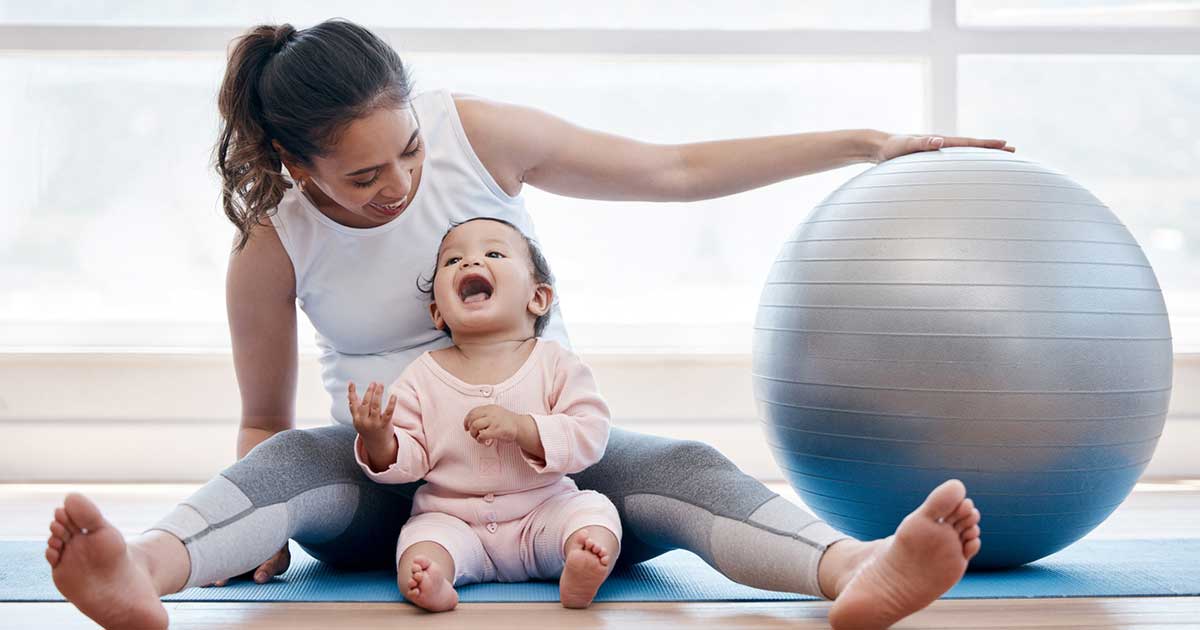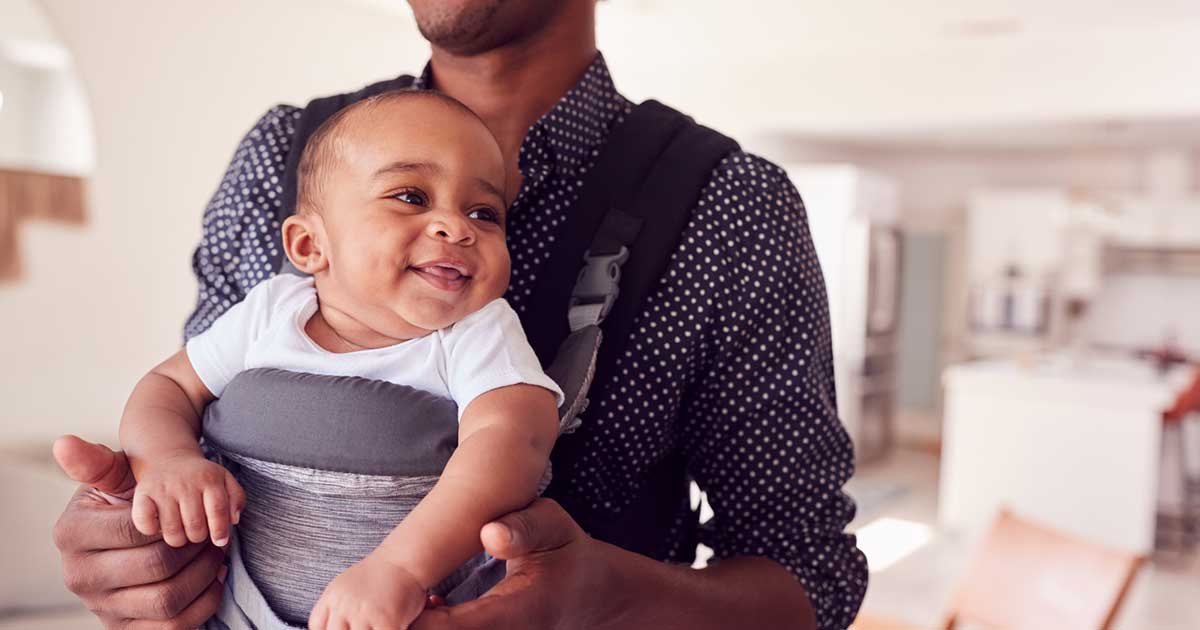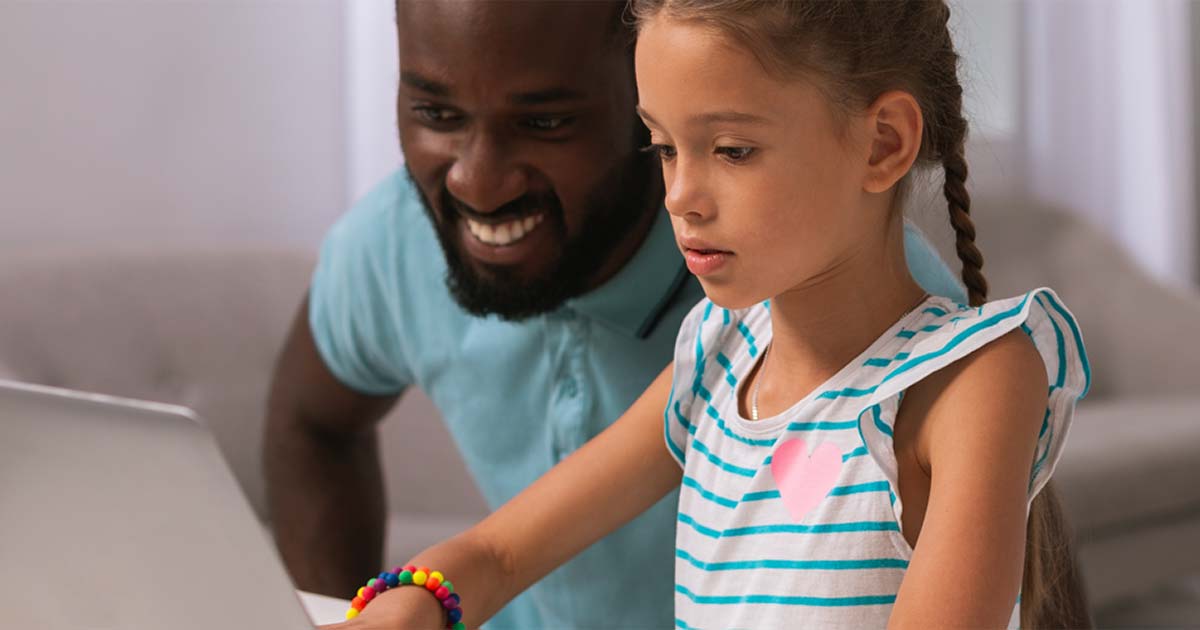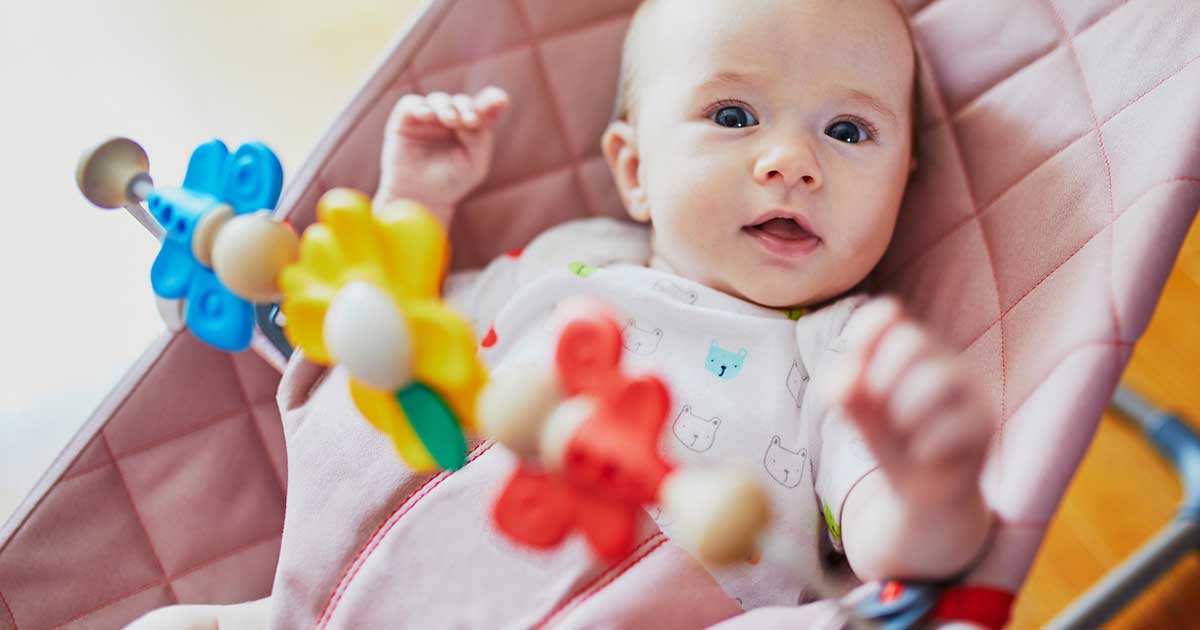
Advice to improve your movement, fitness, and overall health from the #1 in orthopedics in the U.S.
Babywearing Is Healthy, If Done the Right Way
Find out why babywearing is good for babies — and parents.
Advice to improve your movement, fitness, and overall health from the #1 in orthopedics in the U.S.

The American Academy of Pediatrics recommends babywearing as a way to prevent crying and promote closeness and attachment. But you may wonder how to position your child properly to avoid any negative physical effects. Pediatric orthopedic surgeon Emily Dodwell, MD, MPH, discusses the benefits of babywearing for your baby and how it may affect their physical development.
How do you position your baby properly?
Young infants should always be placed facing inward, toward you. They should be on the front of your body, close enough for you to be able to kiss the top of their head. Your baby’s legs should be positioned in an “M” or frog shape, with their hips and knees bent and their hips wide apart. Essentially, your baby’s stomach and chest should be nestled against your chest.
It’s also important to make sure their head is well supported, especially if your baby is a newborn, and that their chin isn’t tucked against their chest. Your baby’s head and face should be visible at all times and should not be covered with the carrier or other fabric. Carrying your baby on your chest with their face toward you allows you to monitor them and make sure they’re in the correct position at all times.
What are the orthopedic benefits of babywearing?
Research suggests a link between babywearing and hip health. Developmental hip dysplasia is a problem in which the baby’s hip joints are not formed properly. It can start before or after birth. Many cases resolve on their own, but if they don’t, the condition can cause problems later in life. In fact, research shows that nearly one-third of people who have hip replacement surgery before the age of 60 have some form of hip dysplasia.
A recent review of scientific studies found that traditional cultures where carrying babies in the “M” shape is popular have low rates of hip dysplasia. In contrast, other traditional cultures, in which babies are positioned with their legs tightly swaddled together or in a cradleboard, have higher rates of hip dysplasia.
Interestingly, the braces and harnesses that are used to treat hip dysplasia in infancy position the babies’ legs in the same flexed, outward position as many baby carriers. Based on this observation, experts believe that babywearing may actually improve hip development.
Does babywearing provide other benefits?
Babywearing also has benefits for emotional and intellectual growth. Studies have shown that the close physical contact of babywearing promotes attachment and bonding. Parents who practice babywearing are more responsive to their baby’s needs, and mothers are more likely to breastfeed. Babywearing also appears to promote language development.
Babywearing is good for parents, too. Babies cry less when they are close to you. Using a baby carrier or sling allows you to free your hands and keep your baby close while going about your day-to-day activities. (Just be very careful when doing anything that could be dangerous for your baby, like using a knife, cooking over a hot stove or bending over too much.)
What type of baby carrier is best to use?
Baby carriers come in many styles and types. Whichever one you choose, it’s important to make sure that it holds your baby snugly against your body. The carrier should be made of sturdy fabric. Every time you use it, confirm that all straps and fastenings are secure and that your baby can’t fall out.
Your baby should be positioned in a way that doesn’t put stress or strain on your own body. If you have back problems or other conditions that could be affected, speak with your doctor.
References
Sidharthan S., Kehoe C., Dodwell E (2020). Post-Natal Positioning through Babywearing: What the Orthopaedic Surgeon Needs to Know. JPOSNA, 2(3). https://www.jposna.org/ojs/index.php/jposna/article/view/131.
Little E.E., Legare C.H., Carver L.J. Culture, carrying, and communication: Beliefs and behavior associated with babywearing. Infant Behav Dev. 2019 Nov;57:101320. https://pubmed.ncbi.nlm.nih.gov/31103747.
Anisfield E., Casper V., Nozyce M, Cunningham N. Does Infant Carrying Promote Attachment? An Experimental Study of the Effects of Increased Physical Contact on the Development of Attachment. Child Dev. 1990 Oct; 61(5)1617-27. https://pubmed.ncbi.nlm.nih.gov/2245751.
Published 4/1/2021


